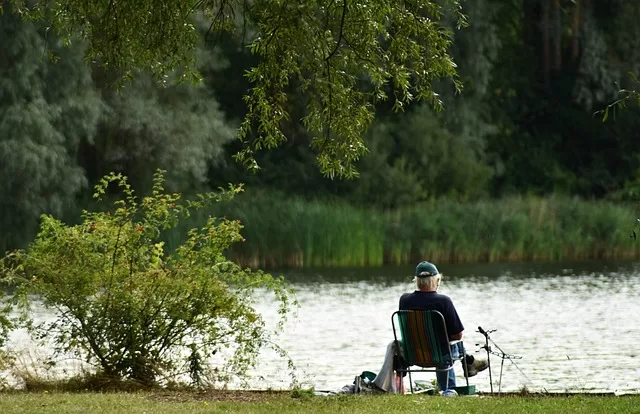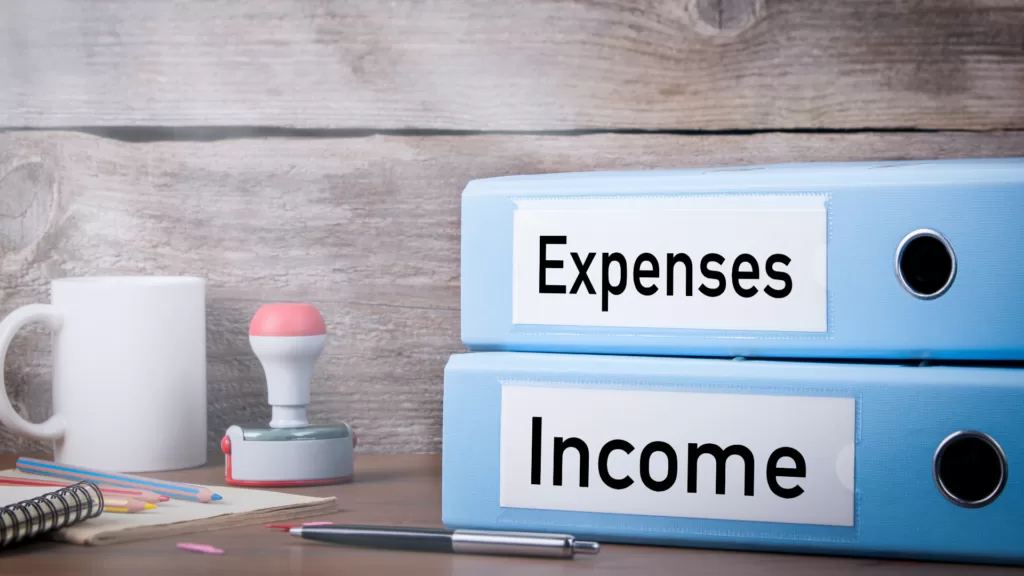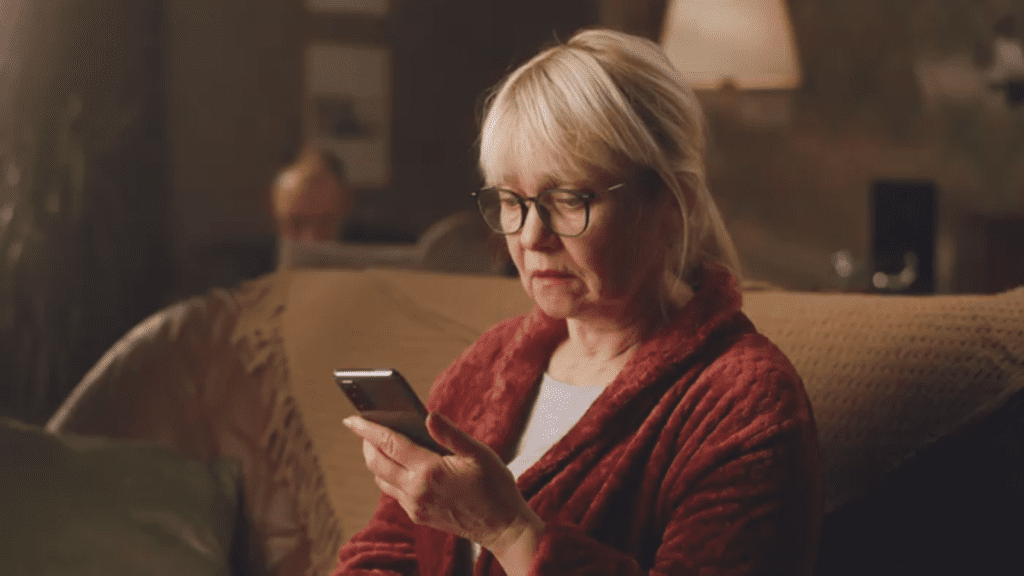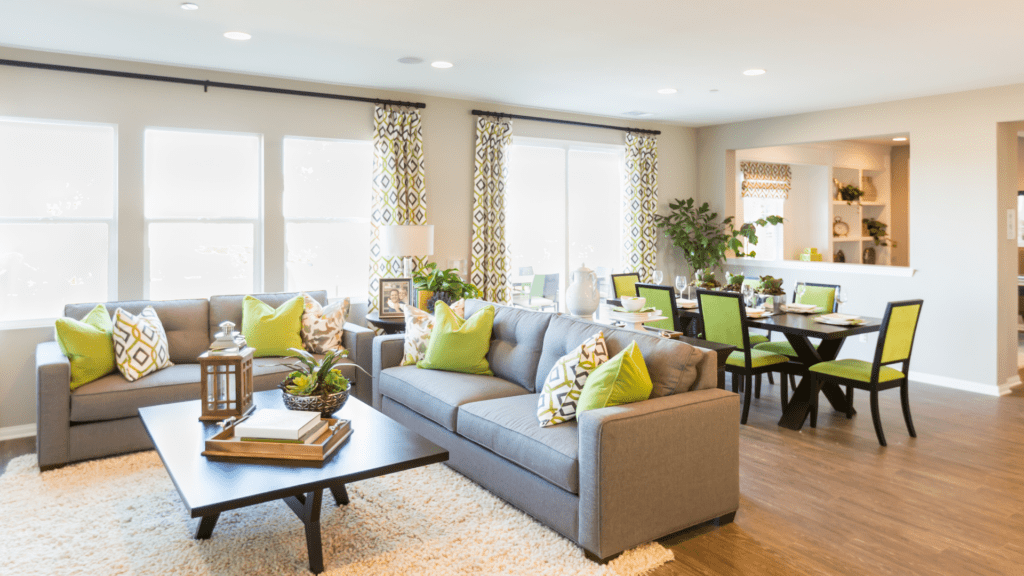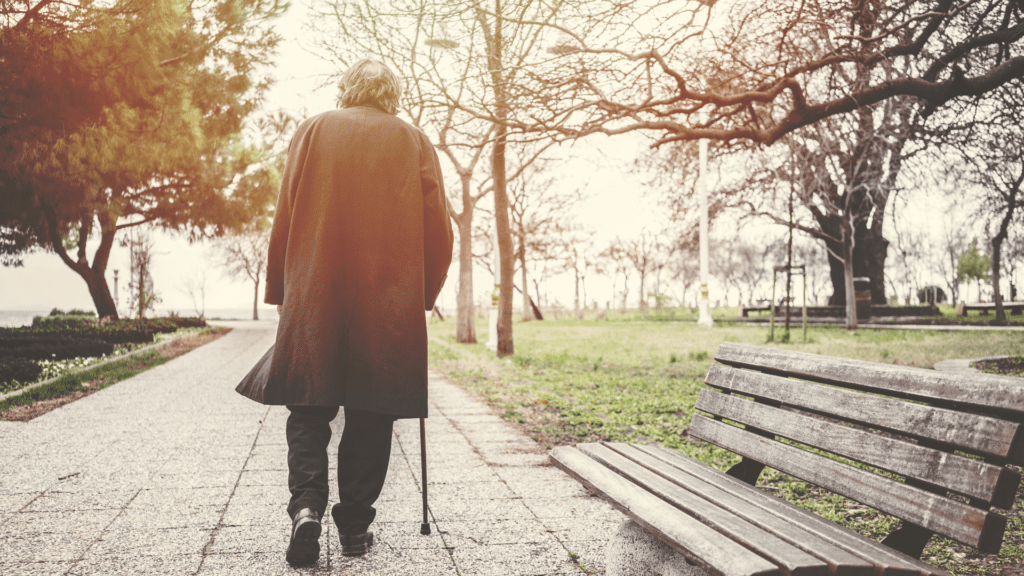Managing Risks Of Falling Down In Our Autumn Years.
Slips, trips, and falls are major concerns for seniors due to the serious consequences they can have on health and mobility.
Senior retirees’ falls are caused by a combination of intrinsic (internal of our bodies) and extrinsic (external of us/our bodies) risk factors.
Some physical changes associated with getting older contribute significantly to an increased risk of falling; muscle strength, balance, and coordination may decline as we age.
Vision and hearing impairments can also contribute to an increased risk of falling. Furthermore, medical conditions common among the elderly, such as arthritis, osteoporosis, and diabetes, can heighten these risks.
Medications, particularly those affecting the central nervous system, can have side effects like dizziness or drowsiness, further elevating the potential for falls.
Environmental hazards are another significant contributor to falls in the elderly. Poor lighting (inside and outside), loose rugs inside the home and slippery moss on pathways outside the home are three that come to mind that can create dangerous trip hazards.
Also with outside the home, uneven concrete surfaces, uneven pavers, surfaces that become very slippery when wet and a lack of anything to grab onto can increase the risks associated with falling down.
Identifying and mitigating these risks is essential for fall prevention.
The consequences of slips, trips and falls inside and outside of our homes can be dire. Falls are a leading cause of serious injuries such as hip fractures, head traumas, and lacerations among seniors.
These injuries can often necessitate hospitalization and can lead to prolonged recovery periods. In many cases, the aftermath of a fall can result in a permanent loss of mobility and independence, profoundly impacting the quality of life.
The fear of falling again can also lead to reduced activity levels, which in turn can contribute to further physical decline.
Understanding the risks and consequences of falls is crucial for implementing effective prevention strategies.
By addressing both the intrinsic and extrinsic factors that contribute to falls, we can help seniors maintain their safety and independence, both inside and outside the home.
Creating a Safe Home Environment for Elderly Pensioners.
Ensuring the safety of elderly individuals within their homes is paramount to reducing the risk of slips, trips, and falls.
A comprehensive home safety checklist for seniors is a crucial tool that helps identify and mitigate potential hazards.
Start by assessing the lighting inside and outside of the home. Inside the home, pay close attention to the current lighting quality in all areas, particularly staircases and hallways, they need to be well-lit to improve visibility. Consider using nightlights in bedrooms and bathrooms to aid navigation during the night.
Outside the home, consider having installed a combination of electrical and solar motion detection LED lights,
Back inside the home, securing or possibly getting rid of any loose rugs and strips of carpet is another important step.
You might be able to use non-slip backing or double-sided tape to prevent rugs from moving.
Additionally, installing grab bars in key areas such as bathrooms and near staircases can provide seniors with the necessary support and stability. These simple modifications can significantly reduce the risk of falls.
Home modifications like stair lifts and non-slip flooring are also effective fall prevention measures.
Stair lifts can assist those with mobility issues in safely navigating between floors, while non-slip flooring in kitchens, bathrooms, and other high-traffic areas can prevent accidental slips.
Keeping commonly used items within easy reach can help seniors avoid unnecessary bending or stretching, which can lead to slips, trips and falls too. Make sure there’s no important or frequently used items stored so high that each time they need them, they need to use a step ladder or some other means of accessing them. Move all of those things down to a safer level.
Tasks that can further reduce fall hazards include regular maintenance of the home environment.
Ensure that walkways are clear of clutter and that any spills are promptly cleaned up.
Check that furniture is stable and positioned to allow for unobstructed movement throughout the home.
Lastly, various assistive devices can enhance senior safety. Walking aids such as canes and walkers provide additional support, while emergency alert systems can summon help quickly in case of a fall.
These devices offer peace of mind, knowing that assistance is readily available if needed.
By implementing these strategies, the home environment can be made significantly safer for elderly individuals, thereby reducing the risk of slips, trips, and falls.
We Can Improv Our Balance and Mobility to Prevent Falls.
Maintaining balance and mobility is crucial for seniors to prevent slips, trips, and falls. One effective method to enhance balance is through balance improvement exercises.
Tai chi, a mind-body practice that combines slow, deliberate movements with deep breathing and meditation, is particularly beneficial for older adults.
Tai chi is very worthwhile considering as it can reduce the risk of falls by improving postural stability and enhancing muscle strength.
A systematic review and meta-analysis published in the BMJ in 2019 analyzed data from 25 randomized controlled trials involving over 5,000 participants. The study found that tai chi significantly reduced the risk of falls by 19% in older adults compared to control groups.
Another systematic review and meta-analysis published in the Journal of the American Geriatrics Society in 2017 looked at 10 trials with over 2,200 participants. It concluded that tai chi was effective in reducing the rate of falls by 31% and the risk of falling by 28% in older adults.
A large randomized controlled trial published in the New England Journal of Medicine in 2012 involving over 700 participants found that a tailored tai chi program reduced the rate of falls by 58% compared to stretching exercises in older adults at high risk of falling.
Tai Chi can help us make improvements in balance, flexibility, muscular strength, can make us more aware of our body positions and improve our confidence in performing daily activities.
It involves slow, controlled movements that challenge postural stability and require coordination, which can help enhance these factors and reduce fall risk over time.
It can be an effective intervention for fall prevention in older adults by improving various physical and cognitive factors associated with postural stability and muscle strength.
In addition to tai chi, balance training routines can also be highly effective. Simple exercises such as standing on one foot, heel-to-toe walking, and leg raises can help improve balance over time.
Strength training is another key component in fall prevention. Building muscle strength not only supports balance but also enhances the ability to recover from a stumble.
Exercises such as seated leg lifts, wall push-ups, and resistance band workouts can be tailored to suit different fitness levels.
Incorporating these exercises into a regular routine can help seniors maintain muscle mass and improve joint function, both of which are essential for reducing fall risks.
Improving gait and stability is also vital for fall prevention. Gait training exercises, such as walking on different surfaces, practicing turns, and stepping over obstacles, can help seniors navigate their environment more safely.
These exercises focus on enhancing coordination, which is crucial for maintaining balance during everyday activities.
Physical activity recommendations for seniors should be tailored to individual capabilities and health conditions.
It was interesting to read that the Centers for Disease Control and Prevention (CDC) suggests that older adults should engage in at least 150 minutes of moderate-intensity aerobic activity per week, combined with muscle-strengthening activities on two or more days per week.
This balanced approach to physical activity can greatly contribute to improved balance, mobility, and overall well-being.
Outdoor Safety Tips for Seniors.
To ensure the safety of seniors when they are outside the home, it is crucial to consider several preventative measures.
First and foremost, wearing appropriate footwear is essential. Shoes with non-slip soles and good arch support can significantly reduce the risk of slipping and falling.
Seniors should avoid wearing high heels or slippers when navigating outdoor environments.
Using assistive devices like canes or walkers can provide additional stability and support. These tools are particularly beneficial for those with balance issues or weakened leg muscles.
It is important to ensure that these devices are in good condition and properly adjusted to the individual’s height.
Weather conditions can greatly impact outdoor safety. Wet, icy, or snow-covered surfaces can be extremely hazardous.
Seniors should check the weather forecast before heading out and, if necessary, delay trips until conditions improve.
When venturing out in adverse weather, it is advisable to use salt or sand on walkways to reduce slipperiness.
Additionally, wearing weather-appropriate clothing, such as non-slip boots, can help prevent falls.
Navigating uneven terrain requires extra caution. Seniors should be vigilant when walking on gravel, grass, or cracked sidewalks. Taking small, steady steps and watching for obstacles can minimize the risk of tripping. When possible, choosing smoother, more even paths can enhance safety.
Distractions while walking, such as talking on the phone or reading, can lead to accidents. Seniors should remain focused on their surroundings and avoid multitasking. Staying alert can help identify and avoid potential hazards like potholes, debris, or unexpected changes in the walking surface.
Maintaining physical health is another key aspect of outdoor safety. Staying hydrated is crucial, especially in hot weather, to prevent dizziness and fatigue.
Seniors should consider carrying a water bottle and take regular breaks if walking for extended periods. Regular exercise can also improve overall strength and balance, further reducing the risk of falls.
Dehydration is a very preventable factor that can impair balance and coordination.
Dehydration can result in dizziness, confusion, and muscle weakness, all of which increase the likelihood of falls.
Therefore, I think it makes very good sense for older adults to consume adequate fluids throughout the day.
Water, herbal teas, and hydrating foods like fruits and vegetables are excellent choices for maintaining hydration levels.
A healthy and balanced diet that emphasizes lean proteins, whole grains, and a variety of fruits and vegetables can help seniors manage our weight effectively and make sure we’ve got energy when we need it.
Regular physical activity, in combination with a balanced diet, can further enhance muscle strength and flexibility, reducing the risk of falls.
Snacking on nutrient-dense foods like nuts, seeds, and yogurt can also help maintain energy levels and prevent the weakness that may lead to falls.
Incorporating these nutritional strategies can significantly contribute to reducing the risk of slips, trips, and falls among seniors, promoting a safer and healthier lifestyle.
By understanding the connection between nutrition and fall prevention, older adults can take proactive steps to enhance their dietary habits and overall well-being.
Regular Health Check-ups and Medication Management.
Maintaining regular health check-ups is crucial for preventing slips, trips, and falls among seniors. Routine visits to your regular doctor allows for the early identification and management of fall risk factors.
Our doctor can pinpoint potential issues before they result in a fall.
We should undergo regular vision and hearing checks. Good vision and hearing are essential for maintaining balance and spatial awareness, significantly reducing the risk of accidents.
Be honest and upfront with our doctors, have good communication with them, there’s just no value in hiding things from your doctor, they are very well trained, so give them the opportunity to help.
An open dialogue can lead to timely interventions, such as adjusting medications or recommending physical therapy to improve strength and balance. By prioritizing regular health check-ups and diligent medication management, seniors can significantly reduce their risk of slips, trips, and falls, leading to safer and more independent lives.
Community Resources and Support Systems.
Preventing slips, trips, and falls among seniors is a multifaceted effort that benefits significantly from community resources and support systems.
Various local programs and classes are available, focusing on fall prevention through structured exercise groups and educational workshops.
These programs aim to improve balance, strength, and coordination, thereby reducing the risk of falls.
Educational workshops also play a crucial role in fall prevention. These workshops often cover essential topics such as home safety assessments, proper footwear, and the use of assistive devices.
By learning about the potential hazards within their homes as well as outside of our home, we’re better place to come up with practical solutions for minimizing the risks of slips, trips and falls, these workshops empower us to create safer living environments.
Social support from family, friends, and caregivers is equally critical in maintaining an active and safe lifestyle for seniors.
Engaging in regular social activities not only helps to improve physical health but also mental well-being, reducing feelings of isolation that can contribute to a sedentary lifestyle.
Family members and caregivers can assist by encouraging and facilitating participation in community activities, ensuring the home environment is free of hazards, and providing emotional support.
Finding and accessing these resources is relatively straightforward. Local senior centers, community health organizations, and public health departments often provide information on available programs and support systems.
Additionally, many communities have online directories or helplines that can guide seniors and their families to the appropriate resources.
Healthcare providers can also be a valuable source of information, offering recommendations tailored to individual needs.
By leveraging these community resources and support systems, seniors can significantly reduce their risk of falls, ensuring a safer and more active lifestyle.
The combined efforts of local programs, educational initiatives, and social support create a robust network that fosters safety and well-being for older adults.
Emergency Preparedness and Response.
Emergency preparedness is a crucial aspect of ensuring the safety of seniors in the event of a fall.
Creating a comprehensive emergency plan is the first step in mitigating the risks associated with such incidents.
This plan should include clear steps to follow in case of a fall, ensuring that both the senior and their caregivers are well-informed and ready to act swiftly.
One of the fundamental elements of an emergency plan is having emergency contact information readily available.
This information should be easily accessible, both in printed form and digitally, to ensure that help can be summoned without delay.
Key contacts should include family members, healthcare providers, and local emergency services. Having this information at hand can significantly reduce response time, potentially preventing further injury or complications.
Personal emergency response systems (PERS) are invaluable tools for seniors living alone or those with limited mobility. These systems typically include wearable devices equipped with emergency buttons.
When activated, these devices immediately notify emergency responders and designated contacts, ensuring prompt assistance.
The benefits of using PERS cannot be overstated, as they provide a critical lifeline in situations where the senior may be unable to reach a phone or call for help.
Clear Entry/Exits: Ensure all entry/exits and pathways are free from obstruction, allowing for quick and easy evacuation if needed. The last thing we should ever do is block the paramedic’s access to you, so make sure they are not slowed down by having a blocked access.
Key Safe: If you have a key safe installed near your door, provide the code to emergency services so they can quickly access your home without causing damage in an emergency.
Medication List: Keep an up-to-date list of all medications, dosages, and any allergies or special medical conditions you have, so that way if you are transported to hospital, they can make sure your meds will be with you.
Personal Information: Have your personal information (name, address, medical conditions) readily available to provide to emergency responders.
Mobility Aids: If you use mobility aids (canes, walkers, wheelchairs), ensure they are within reach and in good working condition.
Caregivers play a pivotal role in emergency preparedness and response. They should be well-trained in fall prevention techniques, emergency procedures, and first aid.
Regular drills and reviews of the emergency plan can ensure that both seniors and caregivers remain ready to handle fall-related emergencies effectively.



